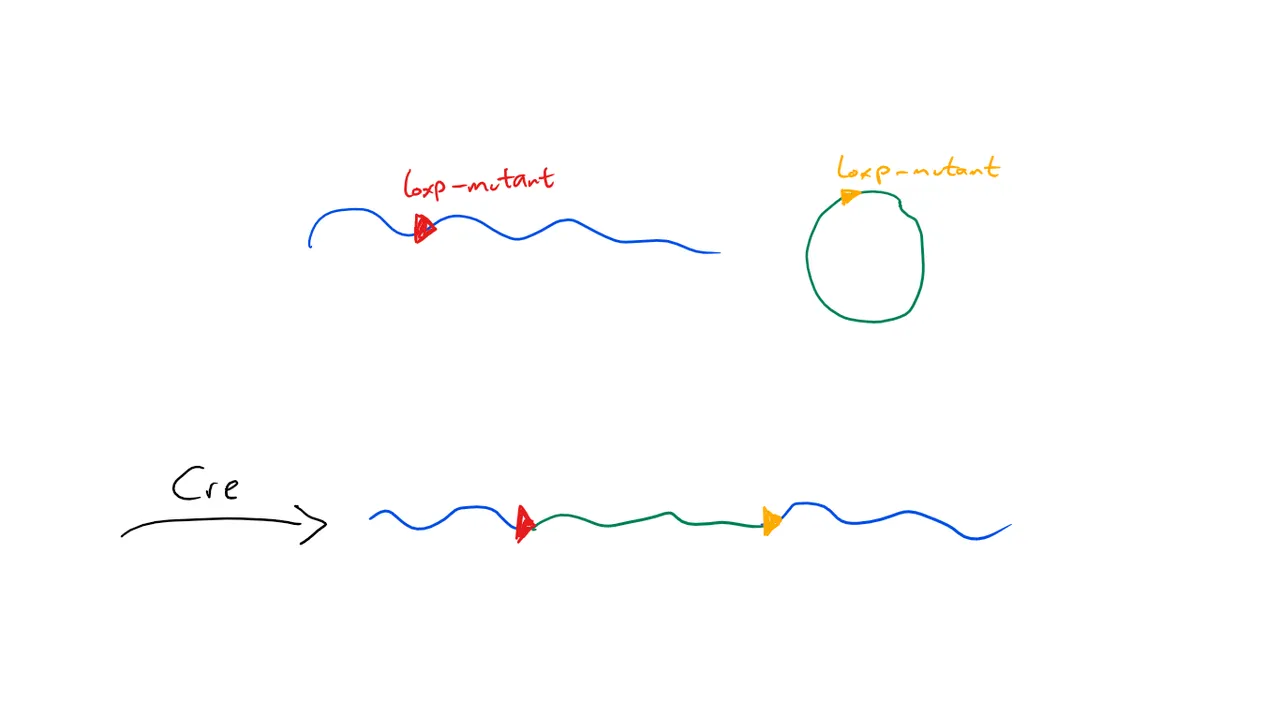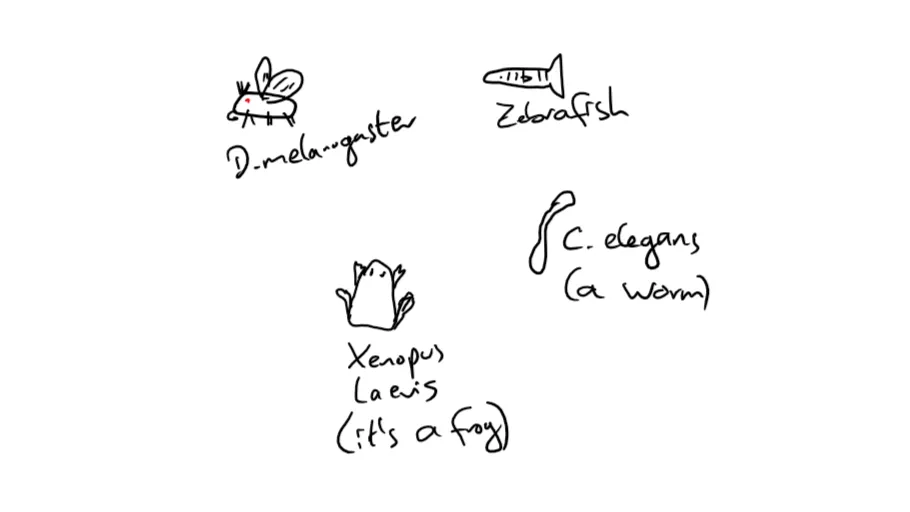
“Genetic modification”, “genetic engineering”, “transgenic animals” and “genetically modified organisms” are still very scary terms for many people. And while GMOs are not necessarily bad and those that are introduced to our environment are generally tested to be safe, there is still a lot of misinformation and fear.
Especially with the rise of CRISPR/Cas9 (about which I will make a post too), people are worried. What will happen? What devastating changes will researchers introduce to nature? Will we all die?
Well, yes, we will all die. But we’d do that without genetic engineering too, maybe even a lot faster.

Many breakthroughs show a promising future where we can fight cancer by simply reprogramming our own immune system, grow organs in animals (or even directly in a petri dish!), repair genetic diseases before the child is even born and more.
And I have a rather positive outlook on this, because of mainly one reason: Every researcher I met so far, online or in real life, professor or undergraduate student, aimed to do something to improve the world we live in. Sometimes for personal gain (I mean come on, how often have you put in hours upon hours of work for something completely altruistic?) but still with this as motivation.
What I actually want to talk about
Genetic manipulation is super old. The most basic one is probably selective breeding and has been done by our ancestors since the advent of agriculture. After that came a random approach, where scientists just dumped chemicals on plants or used radiation to create mutations and then checked what the effects were. @suesa
But even before CRISPR/Cas9, there were ways to manipulate the DNA of organisms - obviously, because CRISPR/Cas9 is only about 6 years old.
One of these tools for DNA editing is the Cre/Loxp system which comes from a bacteriophage. That’s a virus that only attacks bacteria.
Cre (“Cre recombinase”) is an enzyme that can direct the recombination of DNA sequences, which can be a deletion, insertion, translocation or inversion. For that, it needs so-called “Lox sites”, which are short regions on the DNA with a very specific look.
The system is a bit complicated to understand, so I’ll just show you how the deletion and the insertion works.
Deletion
For a deletion, the gene has to be located between two loxp sites. Upon activation, Cre causes cuts in the DNA which are then “sealed” again, which effectively cuts out the gene.

Insertion
Technically, insertion is just the opposite of the deletion, but the system favors deletion over insertion. To avoid a deletion of a previously inserted gene (which would be super annoying), researchers have created mutated loxp sites.
Each loxp site has a “core”, a “right arm” and a “left arm”. If one of these arms is mutated, Cre can still do its job. But if both are mutated, the “cut out” process doesn’t really work anymore, which makes the change stable.

But why?
Sometimes, you just need to make a green fluorescent mouse. Other times, you want a mouse that can’t smell (fun fact: completely deleting a mouse’s sense of smell takes away all aggression and it’s a lot easier to keep several males together in groups).
Jokes aside, if you want to look into how a disease works and want to use an animal for testing, the animal needs to have that disease. Would be a bit pointless otherwise, no?
Especially genetic diseases can easily be induced by damaging or removing a gene. For others, you have to introduce new genetic material. Cre/loxp works so well, that it’s standard procedure in most labs that work with animals. And it doesn’t just work with mice! As far as I’ve seen, you can use it in every one of the usual model organisms (Drosophila melanogaster, zebrafish, Xenopus Laevis, C. elegans, …).

And the great thing is, it’s very specific. An animal’s genome (and our genome too!) usually doesn’t contain any loxp sites, which makes accidental changes (= “off-target hits”) very unlikely - in contrary to CRISPR/Cas9. And it’s less complicated to use too.
Some labs try a combination of the two: Using CRISPR/Cas9 to create a loxp site and then adding Cre to cause a recombination, specifically targeting the loxp site with Cas9, the possibilities are endless.
And you know what? It’s not the only way to change a genome. Even the Cre/loxp system has a lot of different ways to do things.
Sources:
Cre recombinase: the universal reagent for genome tailoring.
Accumulative gene integration into a pre-determined site using Cre/loxP.
Previously:
All about the Sperm-DNA - Vol. 1
Pictures are mine, if not indicated otherwise
